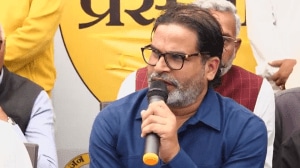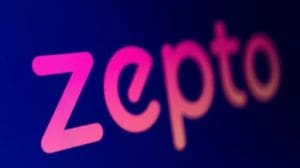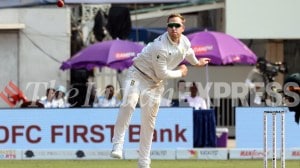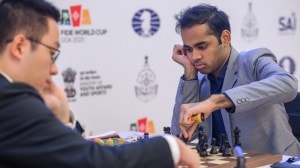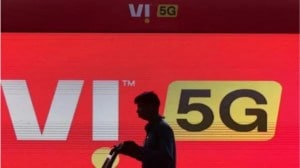Addressing Parliament in February 2023, Prime Minister Narendra Modi had accused the Congress of “misusing” Article 356 to impose President’s Rule on 90 occasions.
Arguing that the Congress used the Article to trample on the rights of states and regional parties, he went on to say that former Prime Minister Indira Gandhi alone had imposed President’s Rule “50 times”.

Now, the imposition of President’s Rule in BJP-run Manipur, after a conflict that remains unresolved after 21 months, has given the Congress a chance to hit back.
Story continues below this ad
Leader of Opposition in the Lok Sabha Rahul Gandhi and Congress president Mallikarjun Kharge have said the imposition of President’s Rule amounts to finally an admission by the BJP government of failure to maintain law and order in the state.
Since the Constitution came into force in 1950, President’s Rule has been imposed a total of 134 times. Most of these times, the Central government of the day used it to target Opposition parties.
However, there have been instances when a ruling party at the Centre has dismissed its own government in a state when a political situation has spiralled out of control.
Centre’s dismissal of own governments
Separate Andhra demand: In 1973, protesters from 12 coastal districts of the combined Andhra Pradesh state raised demands for separating from what is today Telangana. This led to a tense situation, forcing then Chief Minister P V Narasimha Rao — who would go on to become Prime Minister — to resign under pressure. President’s Rule was subsequently imposed in the state by the Indira Gandhi government for 11 months.
Story continues below this ad
Student protests in Gujarat: Just the following year, the Nav Nirman agitation by students in Gujarat against the then Chimanbhai Patel government of Congress (R) – the Indira Gandhi faction after the 1969 Congress split – gained momentum. The agitation of students was against the rise of food fees in hostels. As the agitation spread from one college to another, the protesters demanded the resignation of the CM.
Gandhi eventually asked Patel to step down, but even this did not douse the fire, with the students forcing individual MLAs to resign. This provided an opportunity for Morarji Desai, the leader of the Congress (O), Gandhi’s rival faction, to stand with the students. He announced a fast unto death on March 12, 1974. Four days later, the state Assembly was dissolved and President’s Rule imposed in the state.
Punjab militancy: In the 1980 Punjab Assembly elections, the Congress came to power, with Darbara Singh taking over as CM. But by then, Punjab had slipped into a spiral of violence due to militancy. As the violence spread across the state, the Centre, with Indira Gandhi as PM, imposed President’s Rule in October 1983.
Opposition states as target
Kerala’s Communist government: In 1959, the Jawaharlal Nehru government at the Centre used Article 356 to dislodge the EMS Namboodiripad government in Kerala, which was the first democratically elected Communist government in the world.
Story continues below this ad
The fall came because of an agitation by Christian groups against reforms in private school management by the state government, leading to clashes between Communist workers and the protesters. The Congress stood with the protesters. As violence continued, the Centre imposed President’s rule.
Indira’s tenure: After Indira Gandhi came to power in 1966, Article 356 was used seven times in the two-year span between 1967 and 1969, largely in the context of unstable Sanyukta Vidhayak Dal alliance governments — a coalition comprising the Jana Sangh, socialists and Communists that was against the Congress — in various states. These governments could not hold their majority for long, with the Congress also not having the numbers to form alternative, stable governments.
Janata Party also strikes: Post-Emergency, the Janata Party government used Article 356 in 1977 to dismiss nine Congress state governments. When Gandhi returned to power in 1980, her government responded with President’s Rule in nine states to dismiss Opposition governments across states.
In the wake of Babri: In December 1992, BJP state governments in Uttar Pradesh, Madhya Pradesh, Rajasthan and Himachal Pradesh were dismissed after the demolition of the Babri Masjid at Ayodhya. Narasimha Rao was the PM at that time, and the Congress government decided to dismiss all BJP state governments at once.











